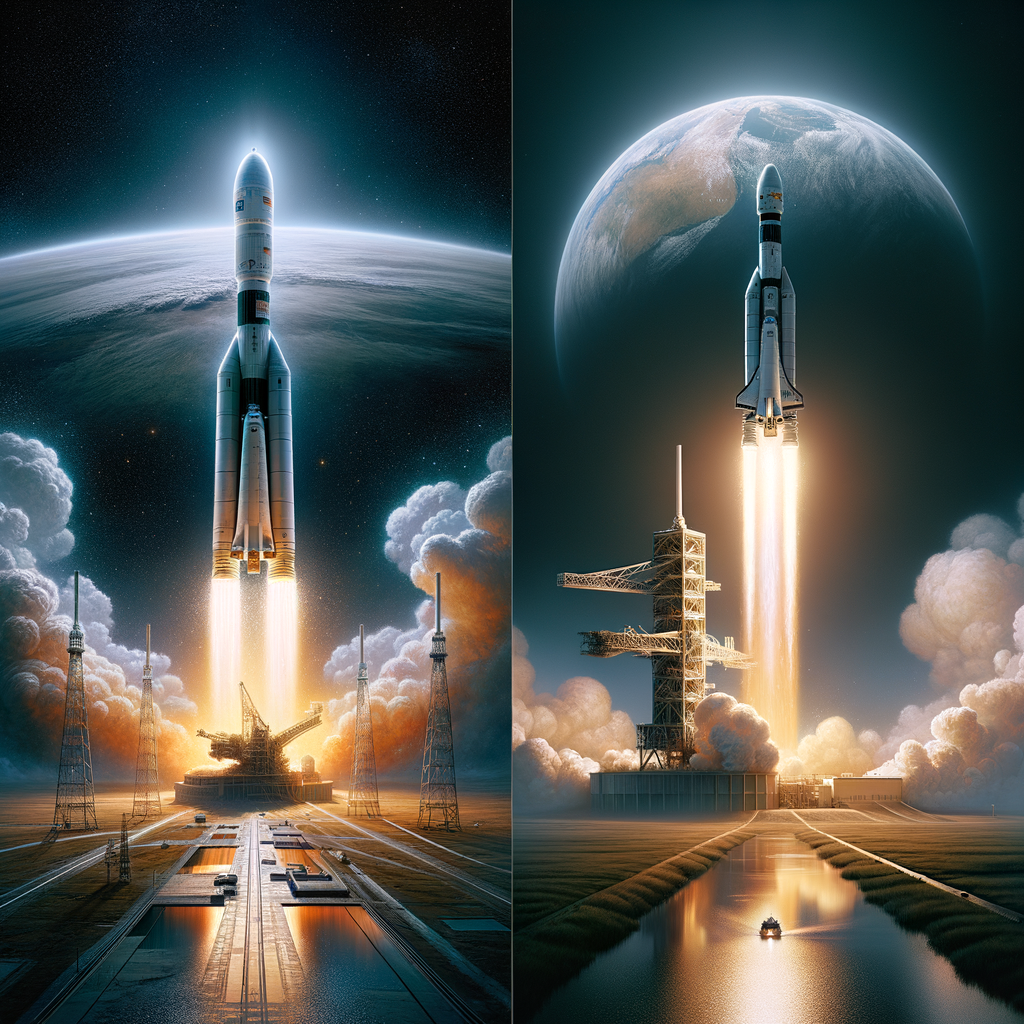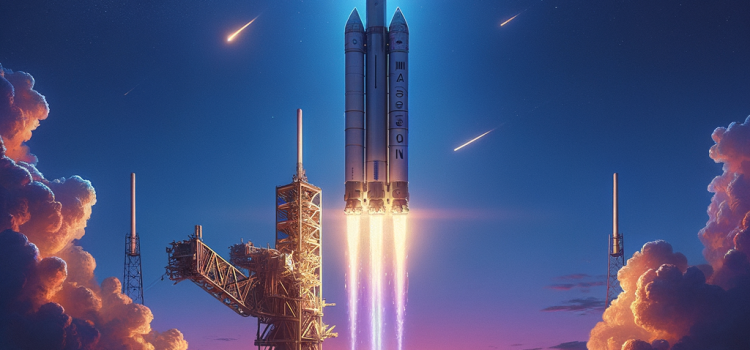
Introduction:
Space Exploration Technologies Corp. (SpaceX) successfully executed a double launch day on Wednesday, January 18, 2023, with the launch of a pair of Falcon 9 rockets carrying two separate payloads: a Starlink mission from Vandenberg Space Force Station in California and the Transporter-6 mission from Cape Canaveral Space Force Station in Florida. This achievement marks a significant milestone in SpaceX’s launch cadence and demonstrates the company’s growing capability to support multiple missions simultaneously.
Starlink Mission Overview:
The first launch of the day, designated Starlink-28 (Group 5-6), lifted off from Space Launch Complex 4 East (SLC-4E) at Vandenberg Space Force Station at 7:02 AM PST (14:02 UTC). The mission deployed a batch of 51 Starlink satellites into low Earth orbit (LEO), part of SpaceX’s constellation of internet-beaming satellites.
The Starlink constellation provides high-speed, low-latency broadband internet to remote and underserved areas around the globe. With this launch, SpaceX has now deployed over 3,300 Starlink satellites, further expanding its global coverage and capacity.
Transporter-6 Mission Overview:
The second launch of the day, Transporter-6, took off from Space Launch Complex 40 (SLC-40) at Cape Canaveral Space Force Station at 9:56 AM EST (14:56 UTC). The mission carried a payload of 114 small satellites for a variety of customers, including commercial, government, and academic institutions.
The Transporter-6 mission utilized SpaceX’s SmallSat Rideshare Program, which enables multiple satellite operators to launch their payloads on a single Falcon 9 rocket, reducing launch costs and providing flexibility for deployment schedules.

Falcon 9 Performance:
Both Falcon 9 rockets performed flawlessly during their respective missions. The Starlink-28 mission’s first stage booster successfully landed on SpaceX’s “Of Course I Still Love You” autonomous spaceport drone ship (ASDS) in the Pacific Ocean approximately nine minutes after liftoff. The Transporter-6 mission’s first stage booster also returned to Earth intact, landing on SpaceX’s “Just Read the Instructions” ASDS in the Atlantic Ocean.
The successful recovery and refurbishment of the Falcon 9 first stages allows SpaceX to reuse these boosters for future missions, significantly reducing launch costs. This reusability plays a crucial role in SpaceX’s goal of making space transportation more affordable and accessible.
Launch Cadence:
The double launch day marks a new milestone in SpaceX’s launch cadence. The company has now conducted multiple launches in a single day on several occasions, demonstrating its ability to support a high volume of missions and adapt to the evolving demands of the global space industry.
This increased launch cadence is driven by multiple factors, including the growing demand for satellite deployment, the advancement of SpaceX’s reusable rocket technology, and the company’s commitment to expanding its presence in the space sector.
Conclusion:
SpaceX’s successful double launch day with Starlink-28 and Transporter-6 missions further solidifies the company’s position as a leader in the commercial space industry. The flawless performance of the Falcon 9 rockets, the efficient deployment of multiple payloads, and the increased launch cadence highlight SpaceX’s technological prowess and its ability to support a wide range of space exploration and satellite deployment needs.
As SpaceX continues to refine its launch capabilities and expand its fleet of reusable rockets, we can expect even more frequent and ambitious missions in the future. The company’s unwavering commitment to innovation and its dedication to making space more accessible are shaping the trajectory of space exploration and broadband connectivity around the globe.










